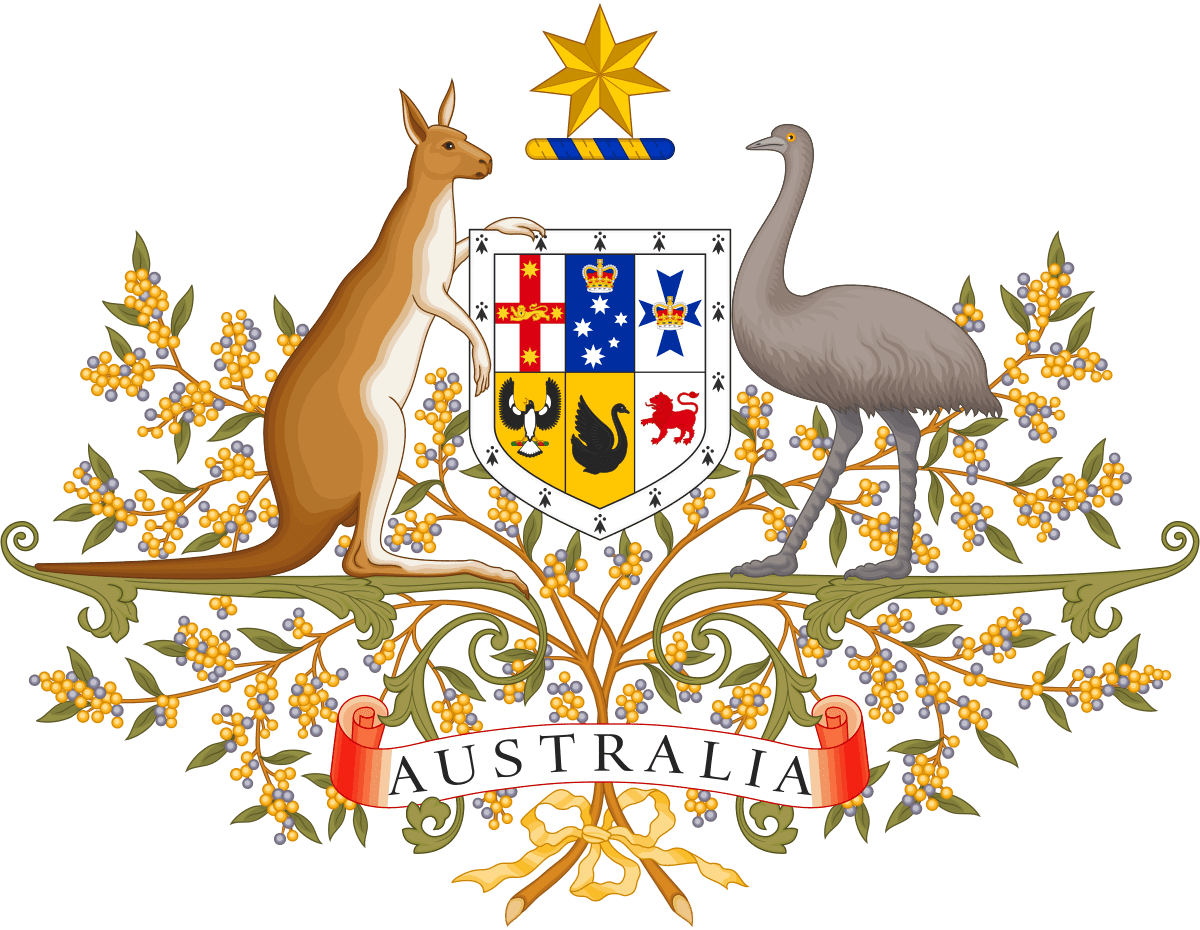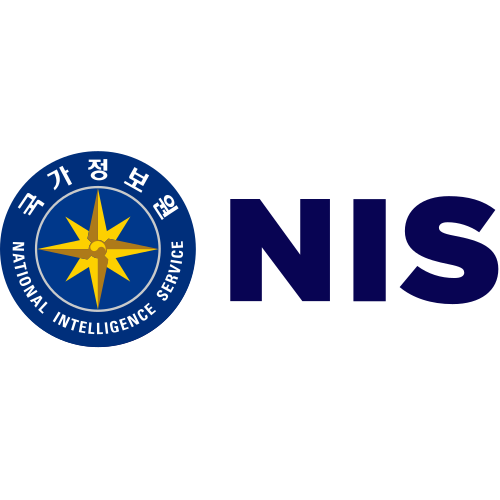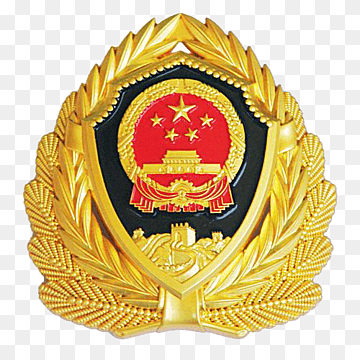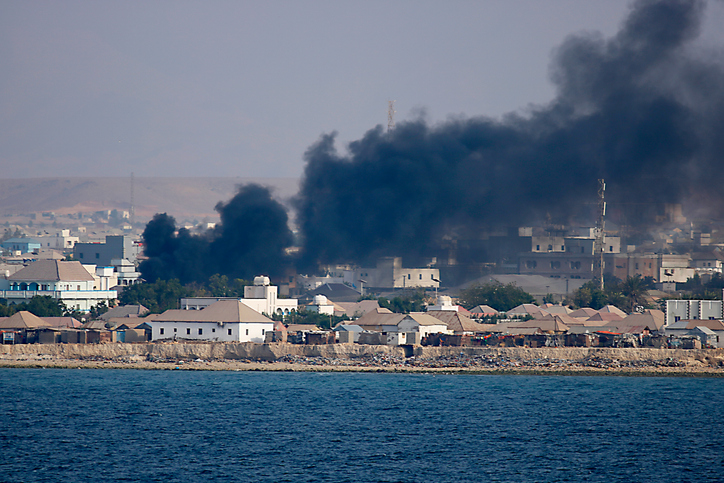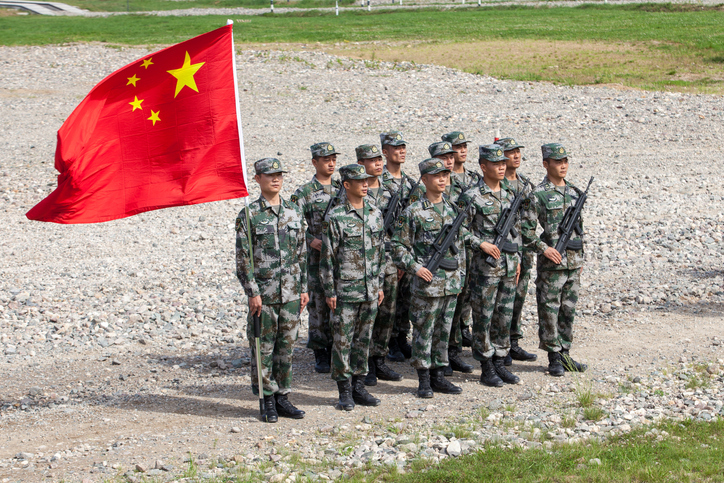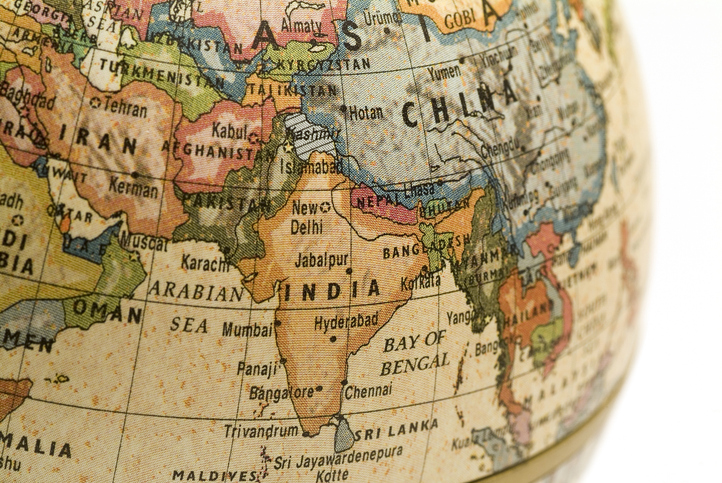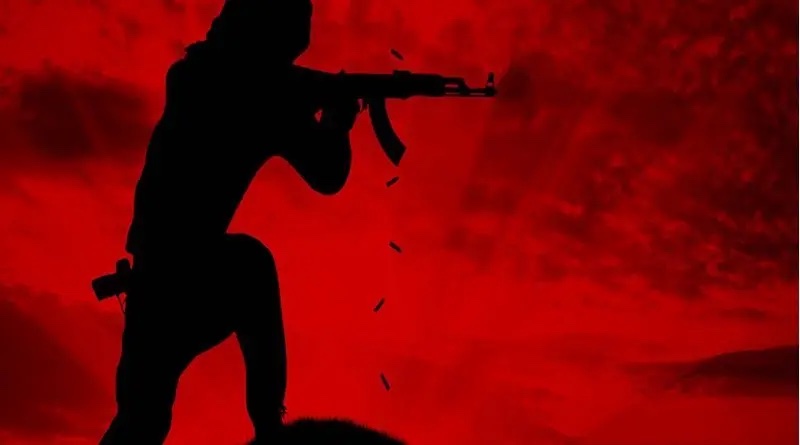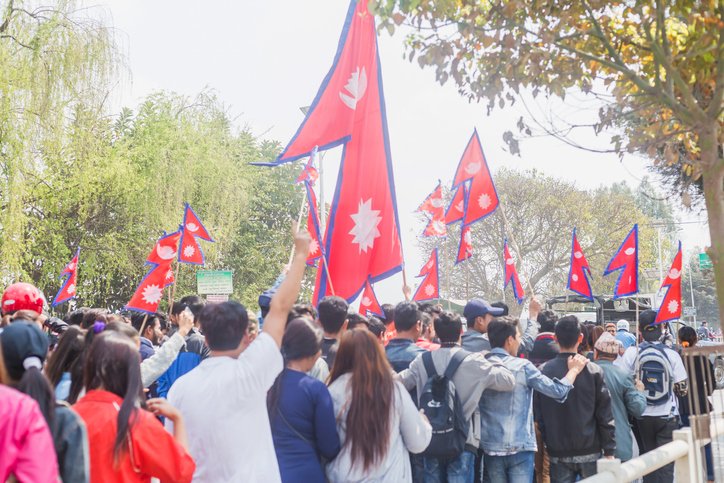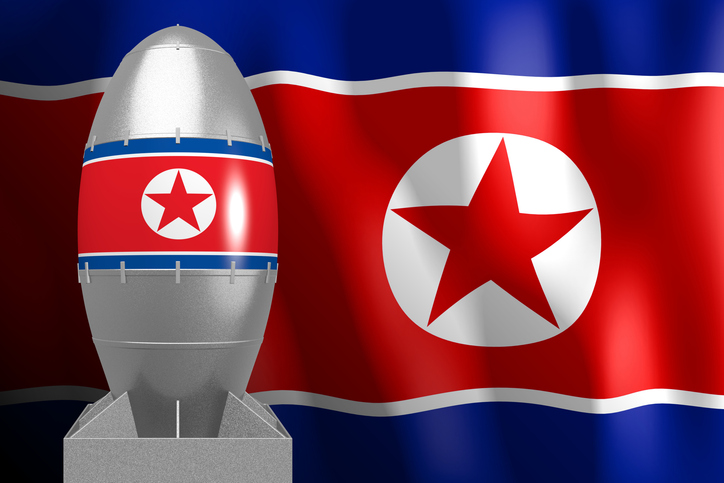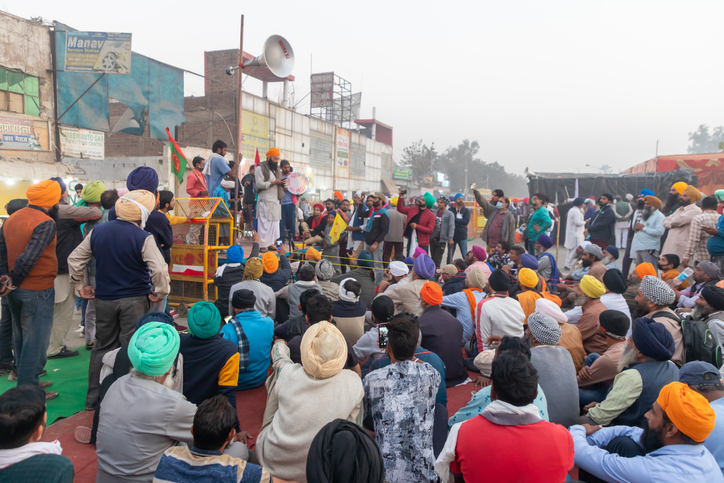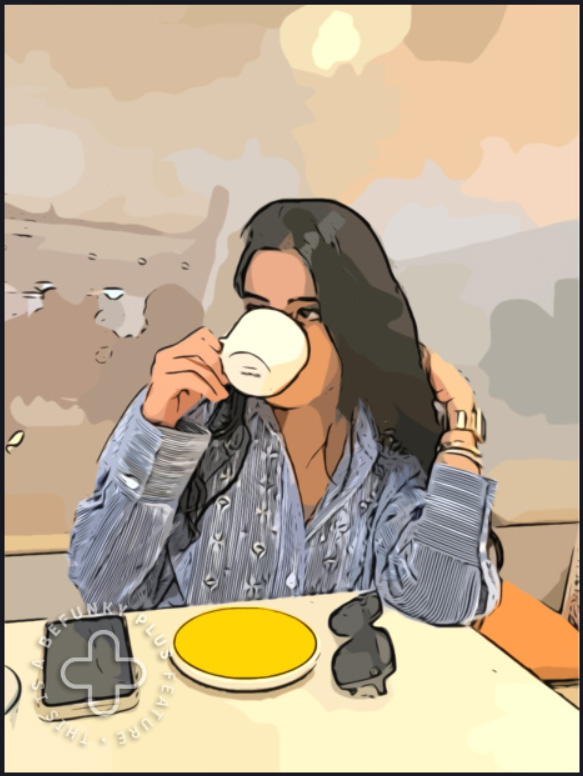
Nikita Bohra
Posted On : Aug 31 2020
THAILAND DRUG CARTEL
Thailand the Global Tourism destination is also unexpectedly a heaven for drug peddlers. Though drug peddlers are strictly controlled in the region, the golden triangle of Thailand, Laos and Myanmar continue to be on global radars of international watchdogs.
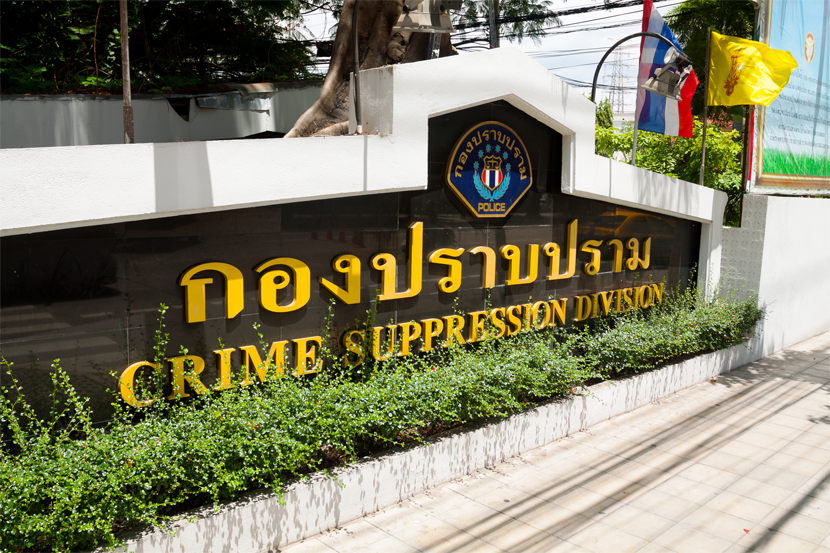
Organized crime in Thailand is limited, and its drug markets are essentially non-violent. Thailand is an important transit point for drugs destined for countries in Southeast Asia, East Asia, and Oceania. The country shares porous, remote, and poorly controlled borders with major drug producers. The most significant threat to national health associated with drugs is high rates of HIV infection spread by people who inject drugs.
Successive Thai governments have maintained the objective of making Thailand “drug free” and have focused resources primarily on law enforcement and compulsory treatment—often with negative implications for human rights—at the expense of harm reduction and more effective treatment policies.
Paradoxically, Thailand is a model of humane drug crop suppression through alternative development, and it is one of only a handful of countries to have suppressed illicit opium production. Thailand is one of the more capable countries in Southeast Asia in its response to drug trafficking. Its border security and police are well-trained and fairly well-resourced, although drug-related corruption remains a problem.
Thailand is an important transit point for drugs destined for countries in Southeast Asia, East Asia, and Oceania, while a small amount of the heroin that passes through is exported to North America. The country shares porous, remote, and difficult-to-control borders with major drug producers. The northern Thai-Burmese border is the smuggling hotspot: approximately 80 percent of Burmese yaa baa and heroin enter Thailand through this route. Improved security on the border, however, has increased flows through Laos into Thailand. Drugs are either walked across land borders or shipped across rivers, away from formal crossing points, or concealed in vehicles at formal crossing points.
Within the northern border provinces, shoot-outs between smugglers and border security are relatively common. Thai airports have seized crystal methamphetamine from the Middle East and West Africa, MDMA from Europe and Canada, and small amounts of heroin from Afghanistan. Many of the overland smugglers are from ethnic groups that populate the highlands of Southeast Asia; some have been involved in smuggling for generations and are often organized by traffickers.
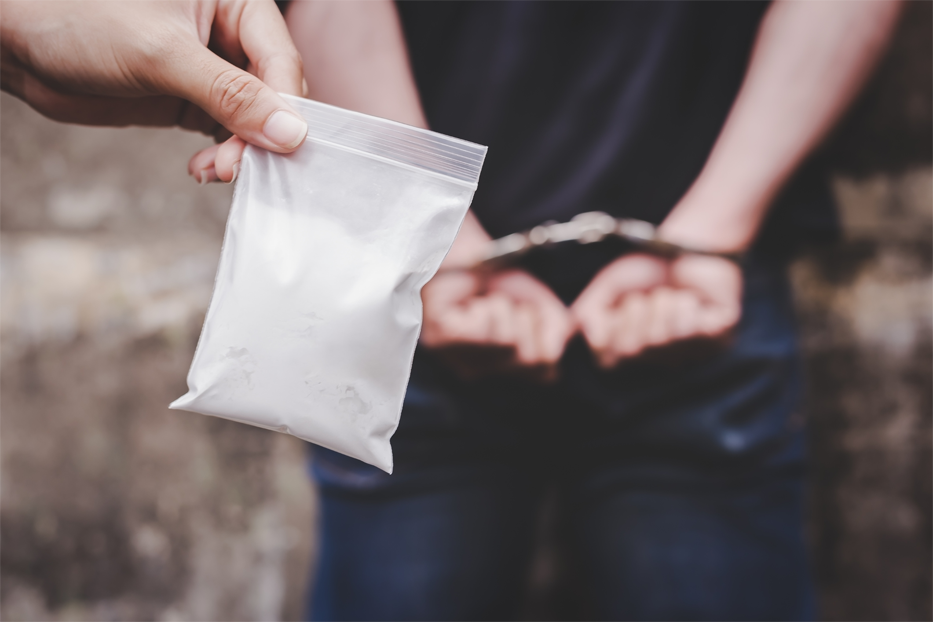
One of the world’s major opium cultivation and heroin producing areas is the Golden Triangle, a 150,000-square-mile, mountainous region located where the borders of Myanmar, Laos, and Thailand meet (United Nations Office on Drugs and Crime 2006). In the 1990s, it was estimated that Burma produced more than 50 percent of the world’s raw opium and refined as much as 75 percent of the world’s heroin (Southeast Asian Information Network 1998). During that time, Myanmar was also the largest source of heroin for the U.S. market, responsible for 80 percent of the heroin available in New York City (U.S. Senate).
Drug trafficking now influences every aspect of politics in the region. Crop eradication efforts conducted since 1964 have had no significant impact. Believing that equipment it provided to help the Burmese government combat drug trafficking has been diverted to counterinsurgency operations, the United States has cut off this assistance. The lack of enforcement, good weather, and increased cultivation have sharply increased opium production since then, making reduced prices and a spread of heroin use possible.
The Royal Thai Government has worked relentlessly in dealing with drug problems in the country by using national drug control strategy called "Kingdom's Unity for Victory over Drugs". As a result, large quantities of illicit drugs have been seized and large numbers of drug offenders have been arrested.
Thailand implemented a popular, effective, and humane intervention to suppress illicit opium production, yet interventions against drug users have contravened Thailand’s obligations under international human rights law, while being largely ineffective and counterproductive as public health policy.
Furthermore, strategies call for users to be treated compassionately and as patients, while users are instead routinely arrested for consumption and possession, abused by the police, and placed in compulsory treatment centers. These practices and policies, together with the stigma attached to being a drug user, erect significant barriers to accessing voluntary treatment and healthcare services, and promote risky drug consumption patterns.
No Comments Added





